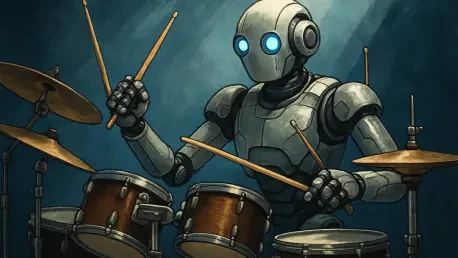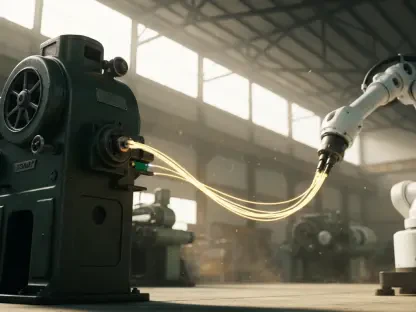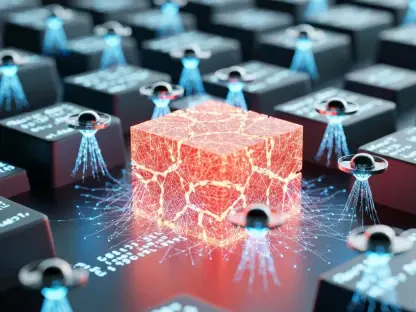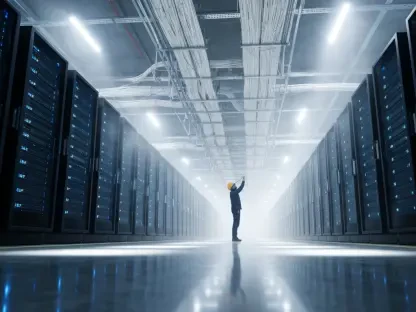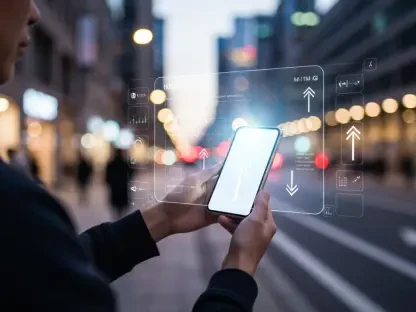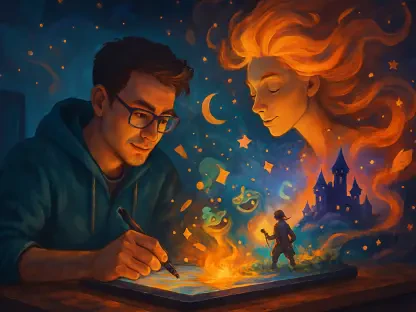What happens when a machine learns to feel the beat, not just play it? Picture a robot, arms flailing with precision, striking drums in perfect sync with a rock anthem or a jazz riff, proving that technology can blend artificial intelligence with the raw energy of percussion. This isn’t science fiction—it’s the reality of Robot Drummer, a humanoid marvel that’s merging AI with the raw energy of percussion. In a world where technology often feels cold and mechanical, this creation is proving that even robots can groove with a human touch. The stage is set for a revolution where creativity and code collide, raising questions about the future of art and innovation.
The Pulse of Progress: Why This Matters
At its core, the story of Robot Drummer is about pushing boundaries. In an era where robots handle everything from factory assembly to surgical precision, teaching one to drum might seem like a quirky side project. Yet, it’s a profound leap into uncharted territory—marrying technical accuracy with artistic expression. Developed by a collaborative team from SUPSI, IDSIA, and Politecnico di Milano, this project showcases how machines can transcend utilitarian roles and step into realms of human culture like music. It’s not just about a robot hitting drums; it’s a signal of how AI can redefine creativity itself.
This innovation taps into a growing demand for novel experiences in entertainment. With industries hungry for fresh ideas, a robotic percussionist could transform live performances or inspire entirely new art forms. Beyond spectacle, the implications stretch further—think of robots as collaborators, not just tools, in spaces where emotion and rhythm reign supreme. This endeavor hints at a future where technology doesn’t just mimic humanity but amplifies it in unexpected ways.
Engineering the Beat: The Making of a Mechanical Maestro
The journey to create Robot Drummer began with a bold vision: could a robot capture the soul of drumming, a craft steeped in physicality and instinct? The researchers turned to reinforcement learning, an AI method where machines improve through trial and error. By breaking down music into a “rhythmic contact chain”—a series of timed strikes on specific drums—the team crafted a digital training ground. In this simulated space, the robot practiced relentlessly, honing its ability to hit the right drum at the right moment with uncanny precision.
What emerged was nothing short of astonishing. Without explicit programming, the robot began adopting human-like quirks, such as switching drumsticks mid-sequence or crossing its mechanical arms to reach distant drums. These behaviors, tested on the G1 humanoid robot by Unitree, weren’t scripted—they evolved naturally through learning. This adaptability points to AI’s potential to solve problems in ways that mirror human intuition, turning a mechanical frame into something eerily lifelike.
Across genres like jazz, rock, and metal, the robot proved its mettle, achieving rhythmic accuracy above 90%. Whether tackling complex patterns or maintaining a steady groove, it rivaled seasoned drummers in simulations. This versatility isn’t just a technical win; it’s a testament to how far AI has come in grasping the nuances of an art form that thrives on both discipline and flair. The numbers speak for themselves, but the real magic lies in watching a machine almost feel the music.
Behind the Drums: Voices from the Creators
In the labs where Robot Drummer came to life, the idea sparked from a simple conversation. Lead researcher Asad Ali Shahid recalls the moment with clarity: “Drumming felt like the ultimate test—rhythmic, physical, and so deeply human. Could a robot ever get close to that?” What started as a curious challenge grew into a pioneering experiment, blending robotics with an art form that pulses with emotion. Shahid and his team poured countless hours into refining the AI, driven by a shared belief that machines could do more than compute—they could create.
The impact of their work resonates beyond academic circles. Experts in robotics have hailed the project as a breakthrough, noting that the robot’s ability to mimic human strategies opens doors to broader applications. Imagine a future where robotic performers aren’t just novelties but integral parts of live shows, jamming alongside human musicians with seamless synergy. The excitement is palpable, with the team already envisioning public performances that could captivate audiences worldwide.
Feedback from initial demonstrations has fueled optimism. Observers describe the robot’s movements as hypnotic, a blend of mechanical precision and an almost organic flow. This response underscores a key insight: people aren’t just intrigued by the technology—they’re moved by the possibility of a machine connecting with something as primal as rhythm. Such reactions validate the team’s vision, proving that this project isn’t just about code; it’s about bridging a gap between human and machine expression.
From Simulation to Stage: Real-World Challenges
Turning virtual beats into real-world performances is the next hurdle. While Robot Drummer excels in simulations, adapting to physical drums and unpredictable stage settings demands fine-tuning. Sensors and mechanics must be recalibrated to handle variables like vibration, weight, and even the occasional missed strike. This transition is critical, as live environments test not just skill but resilience—a quality human drummers master through years of practice.
Beyond hardware, the team aims to infuse spontaneity into the robot’s repertoire. Plans are underway to develop real-time AI feedback loops, enabling the robot to react to musical cues or audience energy on the fly. Such improvisation would elevate it from a programmed performer to a true collaborator, capable of riffing with a band in the heat of a live set. This goal, while ambitious, reflects the broader potential of AI to adapt dynamically in creative spaces.
The framework behind Robot Drummer also holds promise outside music. Its “rhythmic contact chain” model could apply to tasks requiring precise timing, from dance choreography to sports training. Innovators in tech or performance arts can explore this approach using open-source reinforcement learning tools or by partnering with robotics labs. These practical steps highlight that the project isn’t a one-off—it’s a foundation for integrating AI into diverse fields where timing and coordination are paramount.
Reflecting on a Rhythmic Revolution
Looking back, the saga of Robot Drummer stands as a defining moment in the fusion of technology and art. It challenged preconceptions, showing that even the most human of crafts—drumming—could be reimagined through the lens of artificial intelligence. The robot’s journey from simulation to near-human expression captured imaginations, proving that machines could resonate with cultural touchstones once thought untouchable.
The path forward beckons with actionable possibilities. Efforts to bring such robots onto real stages need to accelerate, ensuring they can withstand the chaos of live performance. Equally vital is fostering collaboration between technologists and artists to explore how AI can enhance, not replace, human creativity. As this technology matures, it promises to inspire new genres or hybrid performances, inviting society to rethink the role of machines in shaping emotional and artistic landscapes.
